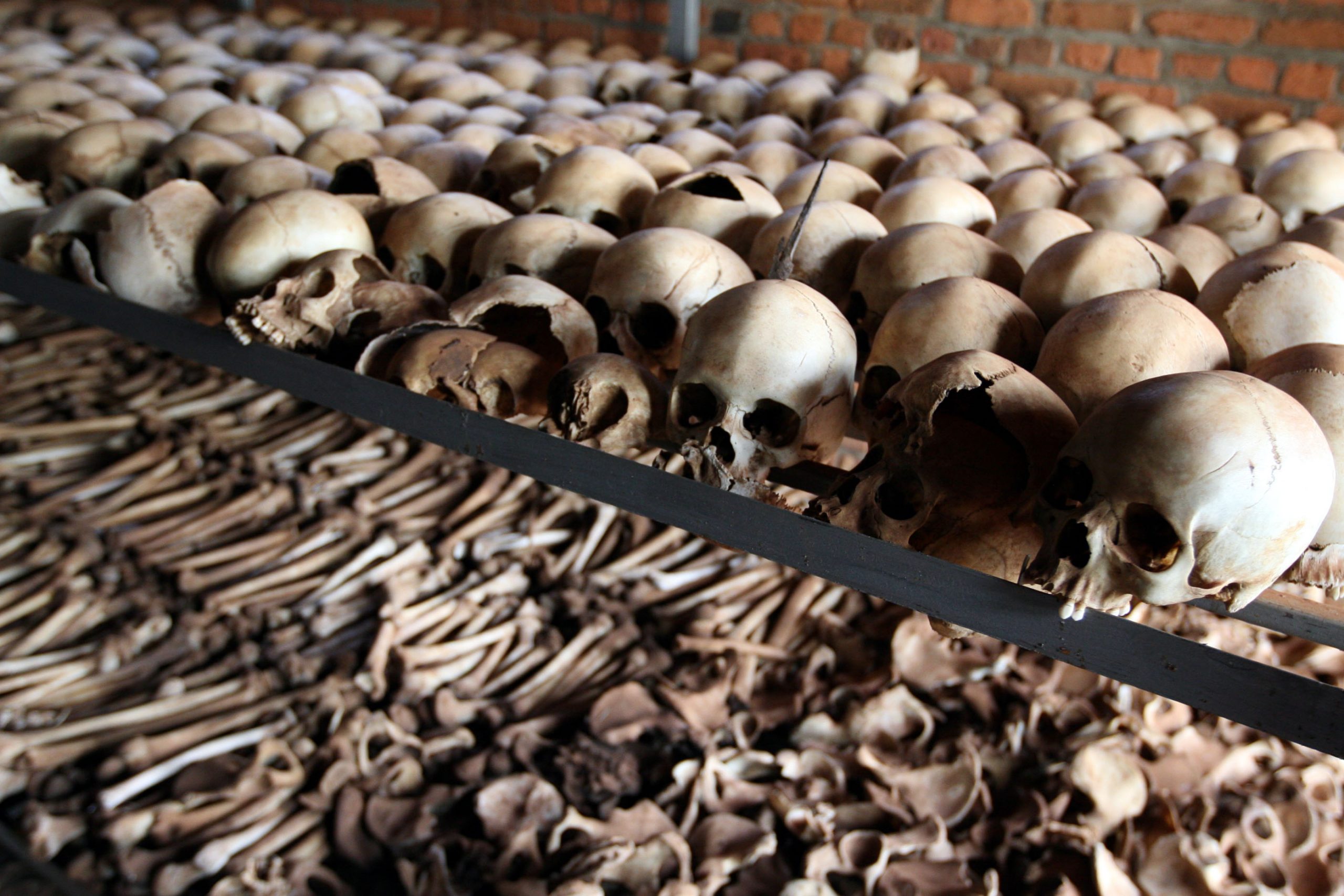6.4 The Rwandan Genocide

A complex interplay of a number of deep-seated social, economic and political forces throughout the history of Rwanda created the cultural dynamics that precipitated the Rwandan genocide (Alluri, 2009) (for details see the video “What Led to the Rwandan Genocide?” below). Rwanda society is comprised of three groups: the Tutsi, the Hutu and the Twa. The Hutu make up the majority (85%) of the Rwandan population. Although these identities existed prior to colonialization, they became much more rigidly entrenched and racialized under Belgian colonial rule (Tutsi in Rwanda, n.d.; University of Minnesota, n.d.). Tensions between the Hutu and Tutsi have a long history, rooted in colonialism, revolution (in 1959) (Newbury, 1995), and civil war (starting in 1990) (Alluri, 2009; Maron, n.d.), with conflicts and violence between the two groups occurring long before the 1994 genocide. The factor that appears to have sparked the genocide was the murder of the Rwandan president (Tutsi in Rwanda, n.d.).
On April 6, 1994, a plane carrying President Ntaryamira was shot down (Rwanda Genocide, 2019; History.com Editors, 2009a). Although those responsible for the assassination were never identified, some believe it was carried out by Hutu extremists in an attempt to gain public support for a planned massacre of the Tutsi population (Rwanda Genocide, 2019; History.com Editors, 2009a; Maron, n.d.). Shortly after the crash, members of the Rwandan armed forces (FAR) and Hutu militia groups (Interahamwe), carried out an organized and planned attack against the Tutsi people with the help of the Hutu population (Rwanda Genocide, 2019; Tutsi in Rwanda, n.d.). They went door-to-door and set up roadblocks in order to find, identify, rape and slaughter Tutsi people.
Support for the genocide and encouragement to rape and murder was rallied by propaganda that portrayed Tutsi as outsiders, inferior, traitors, dangerous, “vermin” or “cockroaches” that needed to be exterminated (Maron, n.d.; University of Minnesota, n.d.). The violence was brutal and vicious, carried out with machetes, clubs and guns. The genocide lasted 100 days, ending in July 1994, when the Tutsi led Rwandan Patriotic Front (RPF) took control of Kigali, the capital of Rwanda (Rwanda Genocide, 2019; University of Minnesota, n.d.). An estimated 800,000 to one million Tutsi were slaughtered. Moderate Hutus were also murdered, including those who refused to participate in the genocide (Maron, n.d; University of Minnesota, n.d.). The mass rape of approximately 250,000 Tutsi women and girls resulted in two-thirds of them contracted the AIDS virus (Maron, n.d.; Tutsu in Rwanda, n.d., para. 11).
VIDEO: What Led to the Genocide in Rwanda?
This video provides a brief synopsis of the factors that led to the Rwandan genocide. ![]() (Warning: This video depicts images and videos of violence, dead bodies, and death).
(Warning: This video depicts images and videos of violence, dead bodies, and death).

